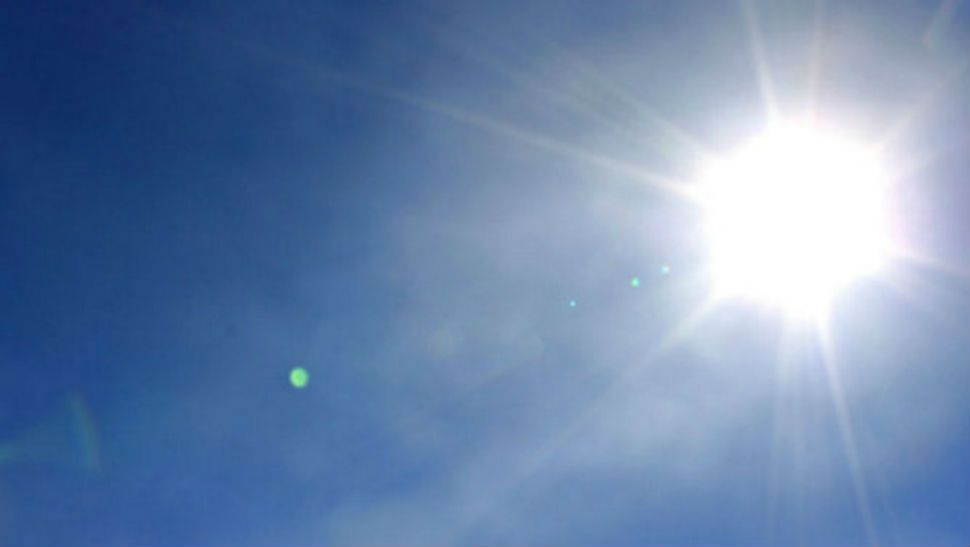NORTH CAROLINA -- Believe it or not, there is no formalized definition of a "heat wave".
- According to the National Weather Service (NWS), a heat wave is a period of unusually hot weather that typically lasts two or more days
- Meanwhile, the World Meteorological Organization (WMO) defines a heat wave as lasting at least five days, where the temperature is higher than the average by nine degrees or more
- It's just a matter which definition you chose to believe.
For example, according to the National Weather Service (NWS), a heat wave is a period of unusually hot weather that typically lasts two or more days. Conditions have to be "abnormally and uncomfortably hot and unusually humid".
Now, that's a little subjective, but think of it like this: 95 degrees in Chicago in June would be well above the average, while the same temps in Miami would be less than remarkable.
Meanwhile, the World Meteorological Organization (WMO) defines a heat wave as lasting at least five days, where the temperature is higher than the average by nine degrees or more.
Let's analyze using Raleigh as an example. The last two days have reached the lower 90s with the average high of 80 for this time of year. Plus, dew points have been on the middle 60s which is considered "very muggy".
Now, that does seems to meet NWS's definition of a "heat wave", if one accepts highs of 10 degrees more than the average as "abnormal". In contrast, WMO would require at least three more days of lower 90s.
As you can see, there is no clear cut definition to a "heat wave". It's just a matter which definition you chose to believe.



